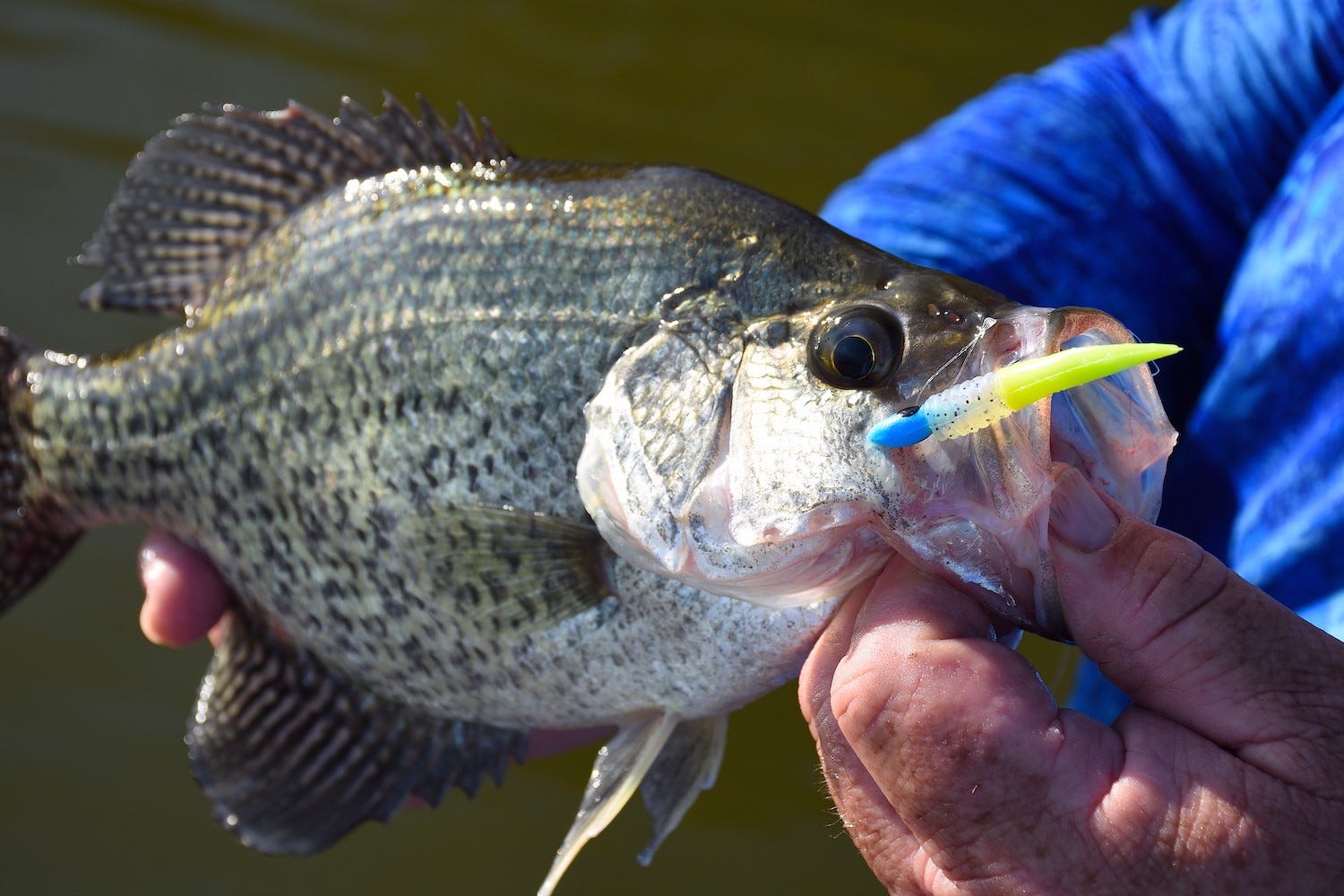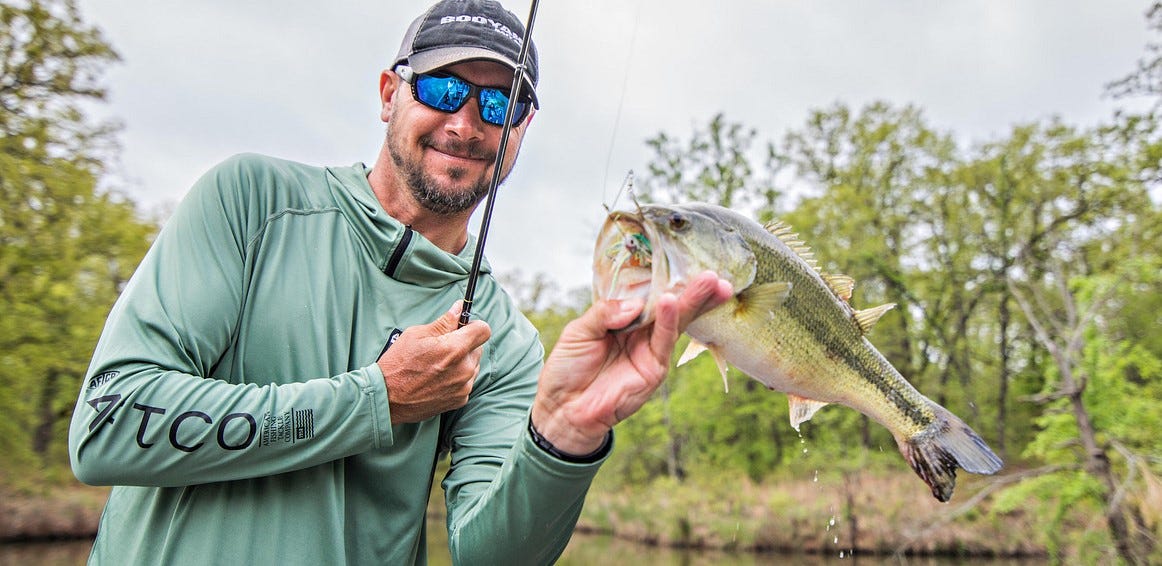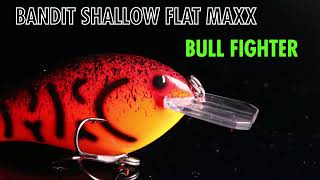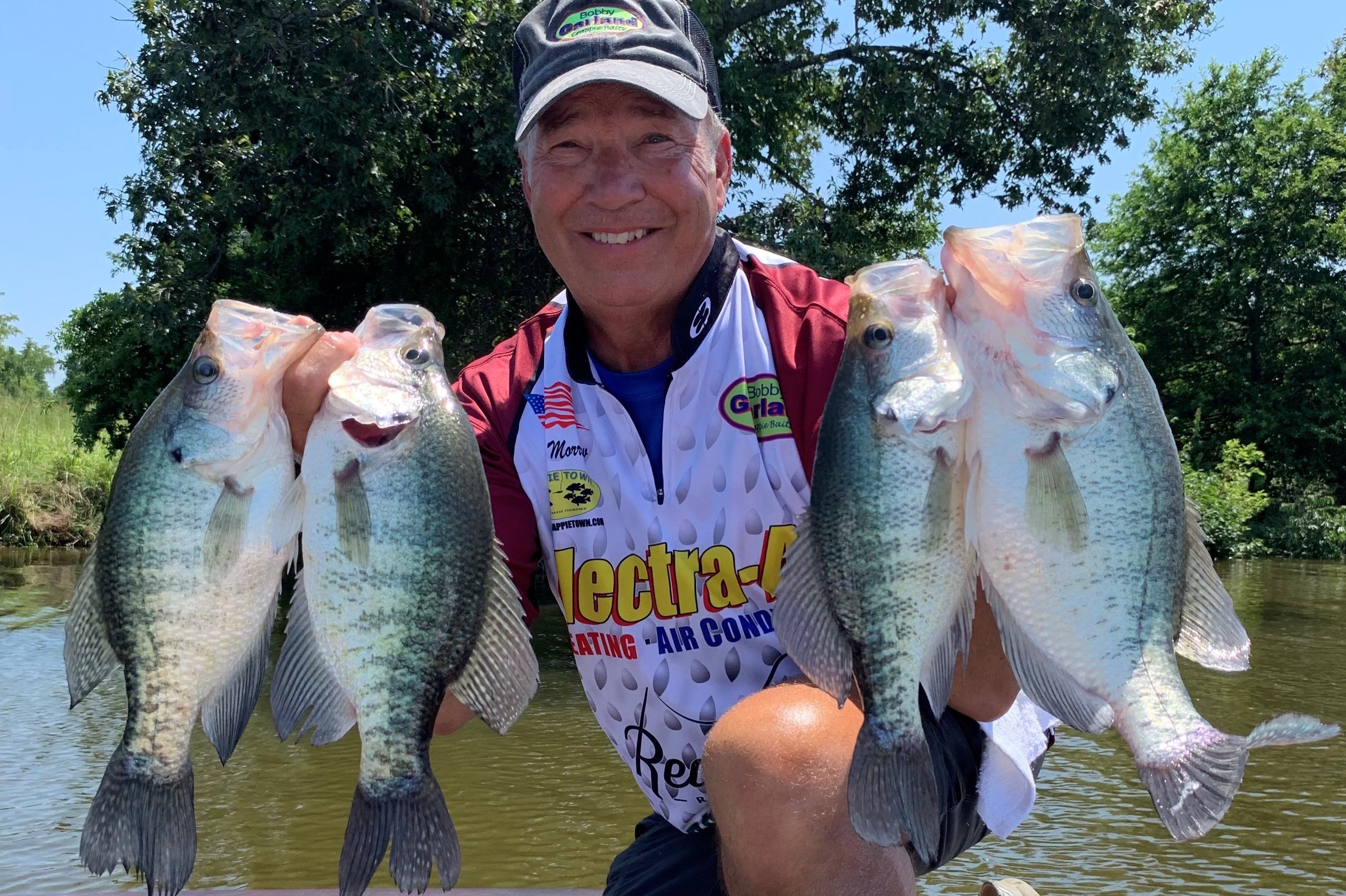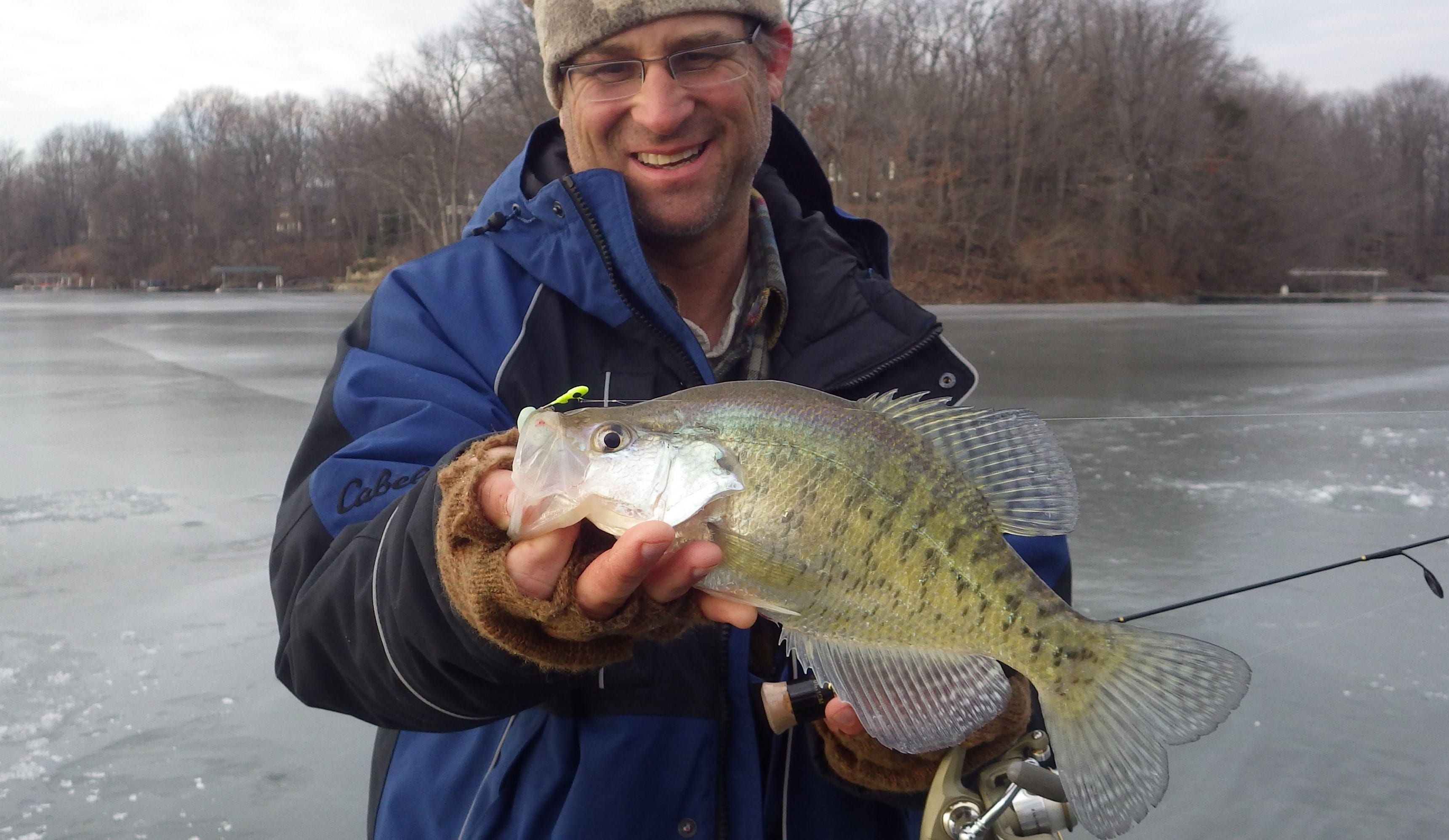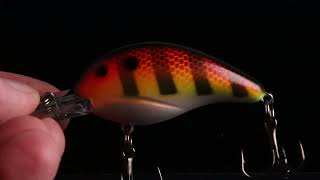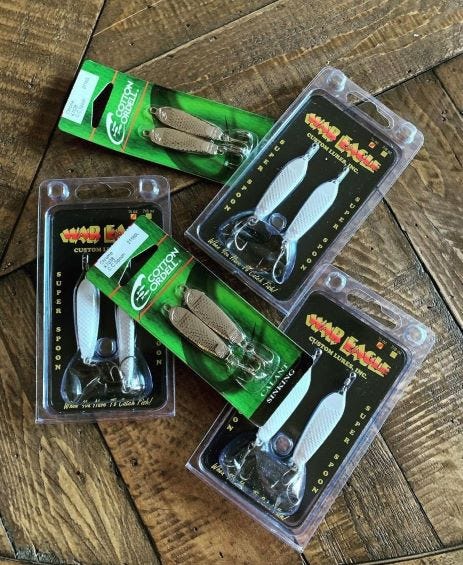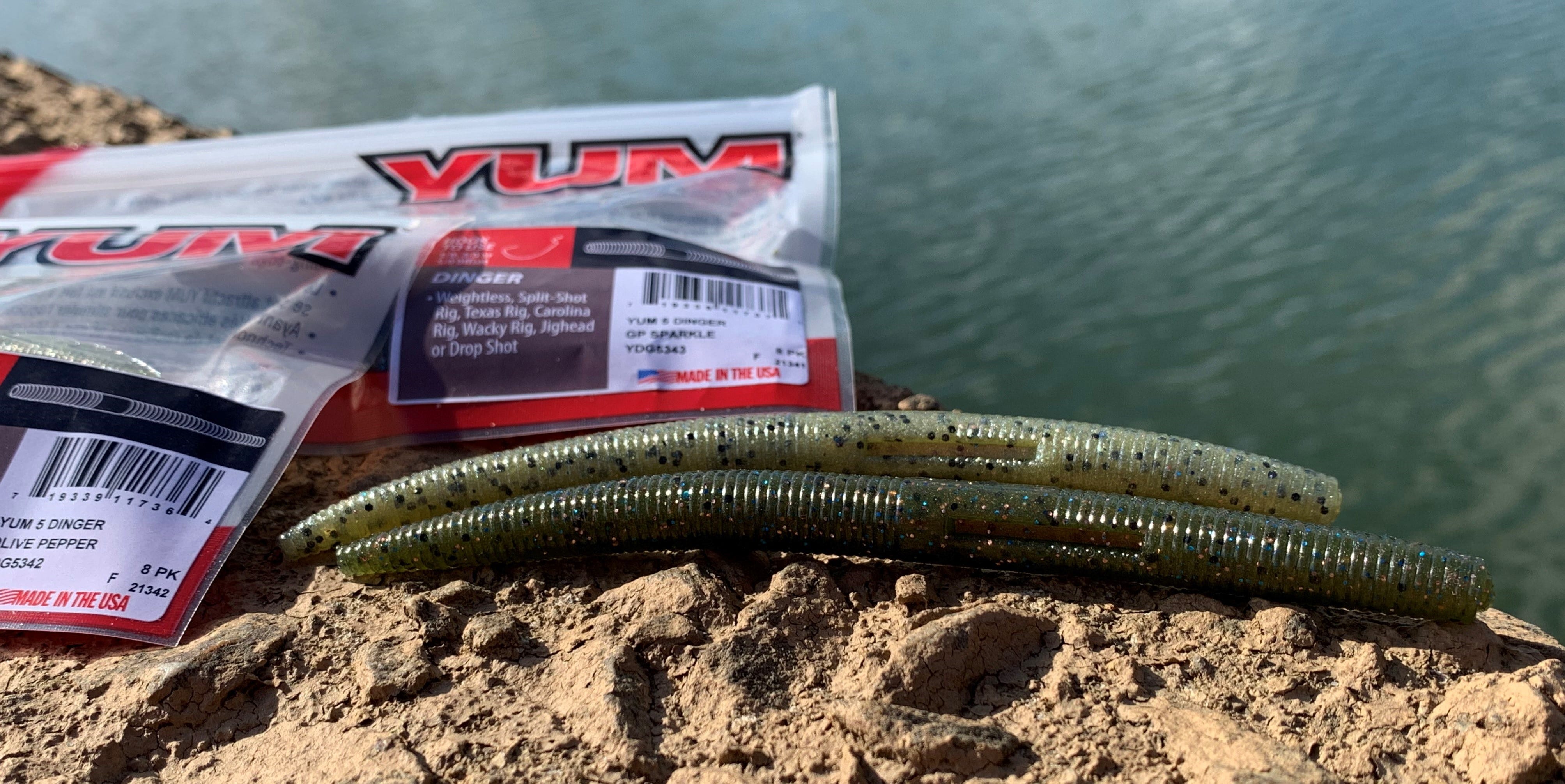- Feb 15, 2022
Jason Christie’s Top 10 Early Spring Bass Bait Picks – Top Picks and Tackle Tips
Early spring can be a spectacular time to fish for bass, IF you choose the best approaches. Learn the lures Jason Christie considers essential for this time of year.
Early spring is Jason Christie’s favorite time of the year to fish. The bass tend to be shallow, and the pre-spawn is an outstanding time to catch big bass. Conditions can vary substantially, though, so it’s important to be equipped for the vast range of situations that might be encountered.
We asked Christie to share his top early spring bass baits. As importantly as revealing specific lure choices, Christie shared why he chose each of his top early spring bass baits and discussed the situations that call for each, along with sharing insights on fishing these lures for pre-spawn bass.


